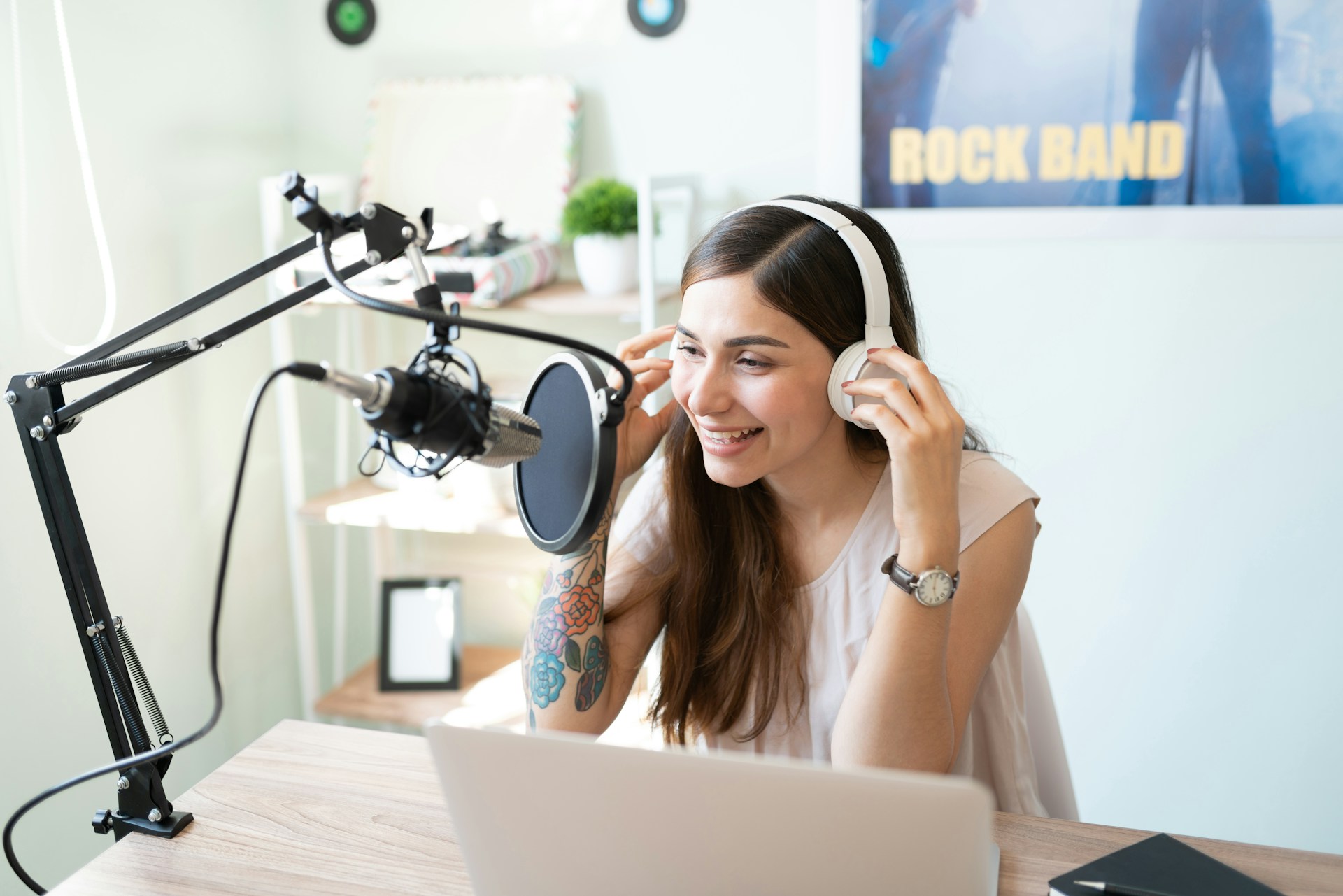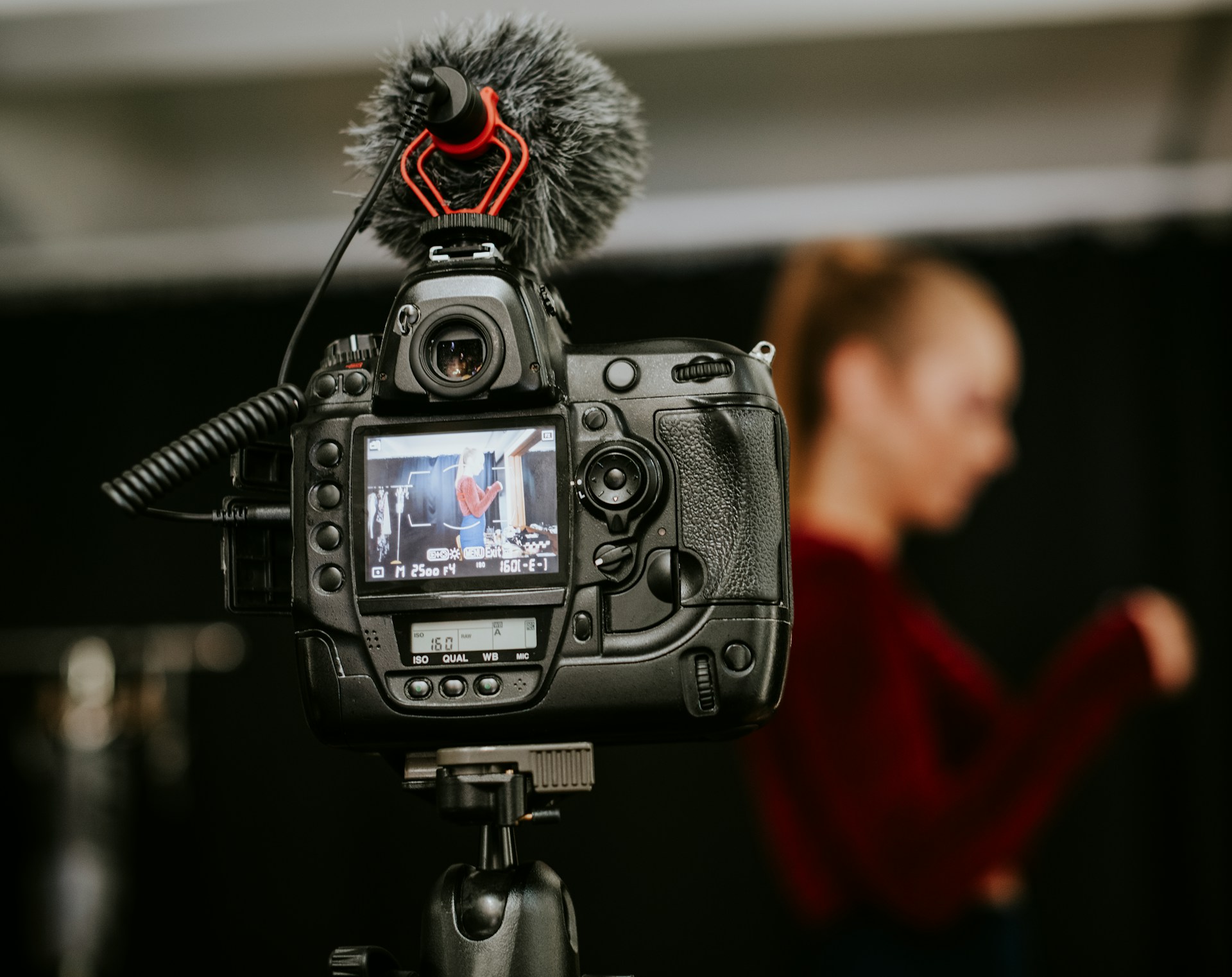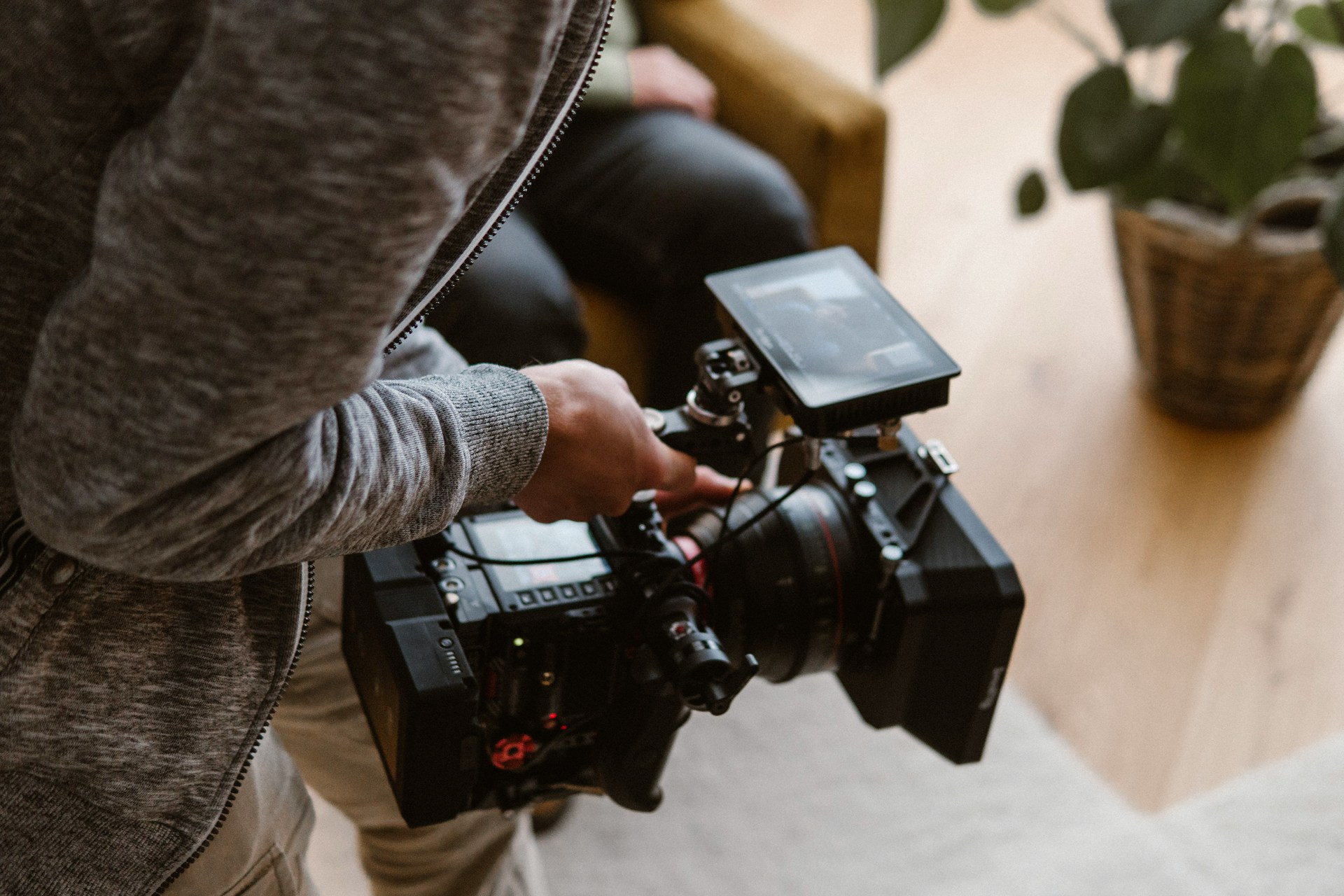Creating a podcast is about sharing your voice with the world, and clear sound quality is vital in making sure you’re heard. Poor audio can quickly turn off listeners, no matter how great your content is. The right equipment can transform your podcast, capturing every word crisply and engaging your audience effectively.
Choosing the right gear isn’t just about picking the latest gadget; it’s about understanding what each piece can do for your sound. From microphones to mixers, each component plays a unique role in capturing the best audio quality. Good equipment helps reduce noise and manages sound levels, giving your podcast a clear, professional finish.
Beyond equipment, consider where you record. Creating the right environment can significantly impact the quality of your sound. With the right set-up and techniques, your podcast can sound as good as it deserves. Investing time in learning these areas will ensure your show captures and retains listeners’ attention, setting you apart from the crowd.
Choosing the Right Equipment for Clear Sound Quality
When aiming for clear podcast sound quality, choosing the right equipment is a critical first step. Microphones are the heart of any recording setup. Dynamic microphones are robust and great for cancelling out background noise, making them perfect for home recording environments. Condenser microphones, on the other hand, are sensitive and capture a broader range of sounds, which is excellent for studio settings with controlled acoustics. Each type offers unique benefits, so selecting one that suits your needs is vital.
Audio interfaces and mixers enhance sound quality by converting analogue sounds to digital. They provide better sound control and allow multiple microphones or instruments to connect simultaneously. Mixers can further adjust sound levels and offer effects like reverb, giving your podcast a polished, professional feel.
Effective monitoring and editing require good headphones. Closed-back headphones are great for isolating sound, preventing audio bleed into the microphone. They are essential for precise monitoring during recording and mixing. With the right headphones, you can catch subtle sound details that enhance your podcast’s overall quality.
Creating the Ideal Recording Environment
Your recording environment significantly influences sound quality. Soundproofing helps block external noises, creating a quiet space where your voice takes centre stage. Simple soundproofing solutions include thick curtains, carpets, or foam panels on the walls. These not only block out noise but also prevent sound reflections that cause echoes.
Acoustic treatment focuses on controlling sound properties within the room. Diffusers and bass traps help by scattering sound waves and absorbing low frequencies, respectively. These adjustments ensure recordings are clear and free of unwanted echoes, improving audio quality.
Managing background noise involves identifying noise sources and mitigating them. Turn off noisy appliances and use heavy curtains to block outside sounds. Keep the microphone close during recording to capture your voice strongly against any remaining background noises.
Setting up a comfortable recording space promotes better performance. Ensure your setup is ergonomically friendly, and check that your microphone and equipment are easily accessible. A well-organised space allows you to focus on your content, ensuring your podcast sounds both professional and engaging.
Optimising Recording Techniques
Optimising your recording techniques is essential for ensuring top-quality podcast audio. Speaking into the microphone properly is the first step. Maintain a consistent distance from the microphone to avoid variances in volume. Angle the microphone slightly off-centre to minimise plosive sounds, like those from ‘p’ and ‘b’ sounds, which can create unpleasant bursts of air.
Controlling volume levels and dynamics ensures a smooth listening experience. Always monitor your levels to prevent clipping or distortion. While recording, aim for a consistent volume so listeners aren’t adjusting their devices constantly. Use a compressor to balance sound levels, making soft sounds louder and preventing loud sounds from overpowering the audio.
Incorporating pop filters and shock mounts is another effective technique. A pop filter helps reduce harsh ‘p’ and ‘s’ sounds, while a shock mount isolates the microphone from vibrations. Both tools contribute to cleaner, more professional recordings free from distracting noises.
Post-Production Tips for Polished Audio
Post-production is where you transform raw recordings into polished episodes. Editing software options for podcasts vary, from beginner-friendly tools to advanced professional programs. Software like Audacity and Adobe Audition provide features for cutting, splicing, and fine-tuning your audio.
Removing unwanted noise and enhancing sound quality is crucial in post-production. Use noise reduction tools to eliminate background hiss or hum. Equalisation (EQ) can enhance audio by boosting or cutting specific frequencies, helping to create a clear and balanced sound.
Balancing and mastering your final audio mix ensures a professional finish. Mastering involves adjusting overall volume and dynamics to suit different listening environments. This final step ensures your podcast sounds great, whether played through headphones or speakers. A well-mastered podcast stands out, providing a consistent audio experience across episodes.
Conclusion
Crafting a successful podcast requires more than just a good script; it demands careful attention to sound quality. The right equipment, recording environment, and post-production techniques are all vital in delivering clear and professional audio. Each aspect contributes to creating an engaging listening experience that captures and maintains audience interest.
By mastering these components, you enhance your podcast’s reputation and build a loyal listener base. High-quality audio is a testament to your dedication and professionalism, distinguishing your podcast in a competitive field. Whether you’re a seasoned podcaster or just starting, focusing on sound quality elevates your content and ensures your message is heard and appreciated.
Partnering with On Air can elevate your podcasting journey. Our expertise in digital content creation ensures every episode captivates your audience with crystal-clear sound. Whether you need help with recording techniques or post-production enhancements, we can guide you in producing standout podcasts that resonate with listeners.






